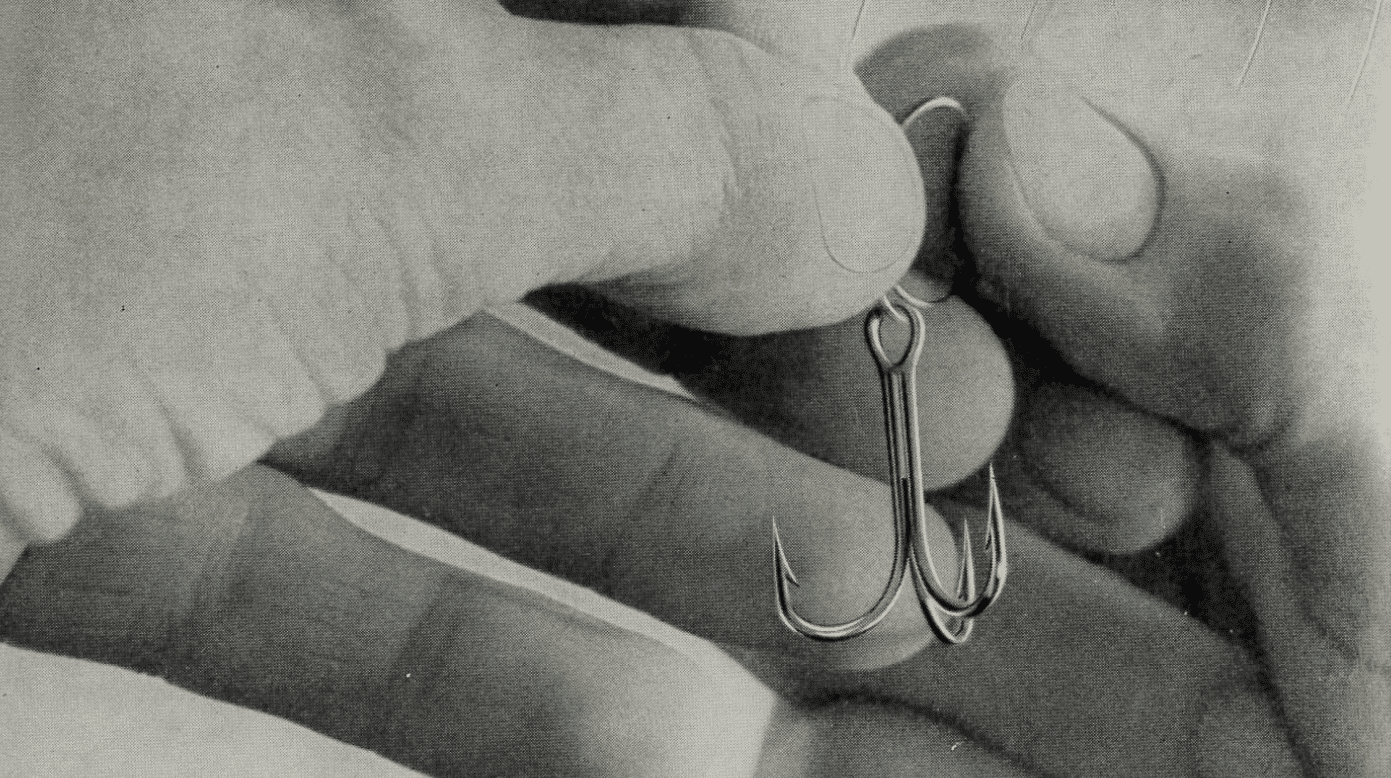
Spinning
Spinning

A real revolution in sport fishing, during the first half of the last century, the so-called light spinning fishing, by allowing all fishermen, after a quick learning, to “rake” our trout and pike rivers with a spoon, is the main cause (the pollution of these rivers did not exist at that time) of the impoverishment, even of the quasi disappearance of these species, almost everywhere in our country.
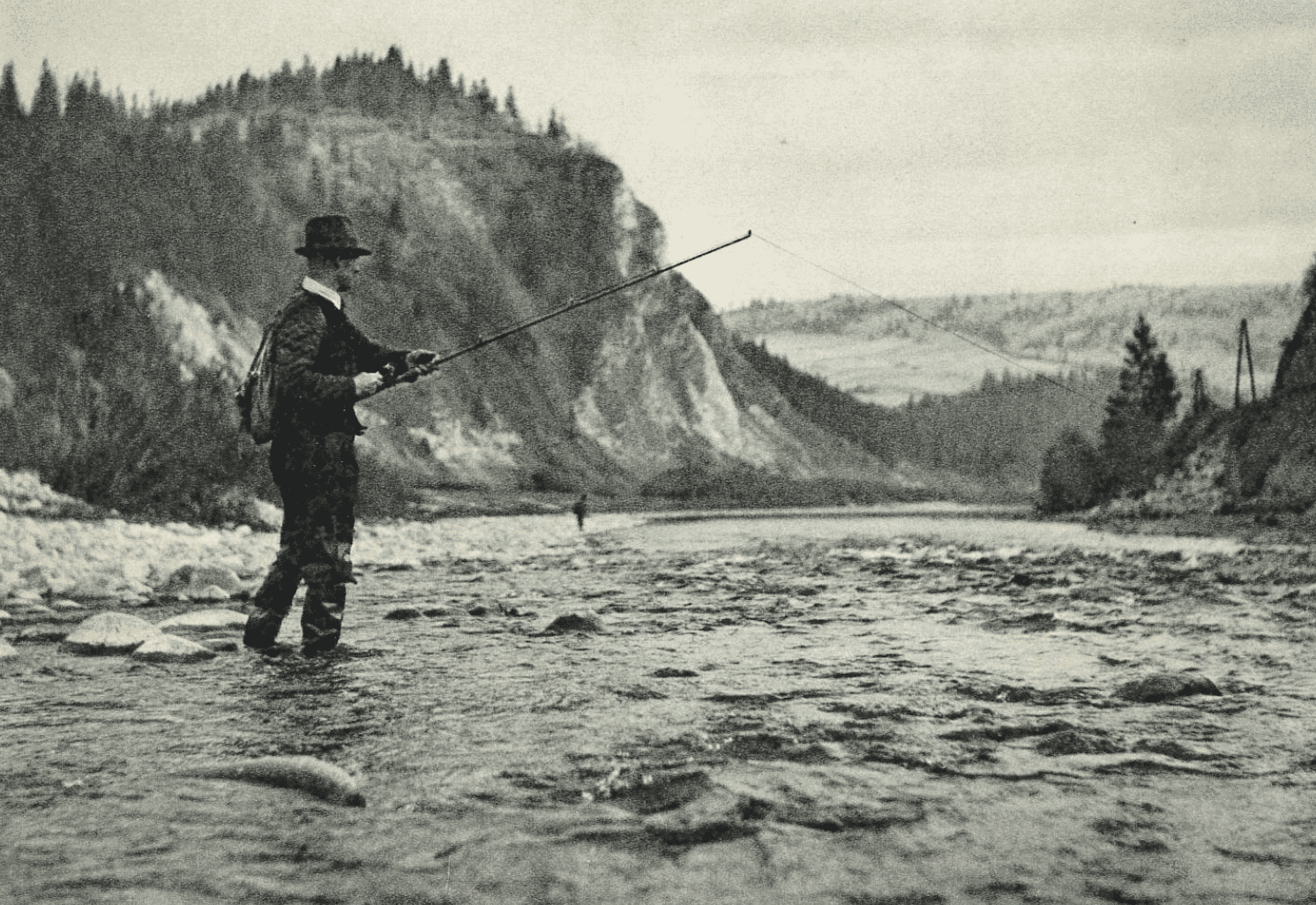
Fishing with heavy casting before the war.
Contrary to artificial fly fishing, whose origin can be traced back to Macedonia, in the 2nd century of the Christian era, and which for almost two millennia, could be practiced without a reel (with a fly), fishing with a spinning reel, whether it is qualified as heavy, light or ultra-light, is indissociable from the use of a reel and more particularly of a model known as “spinning”.
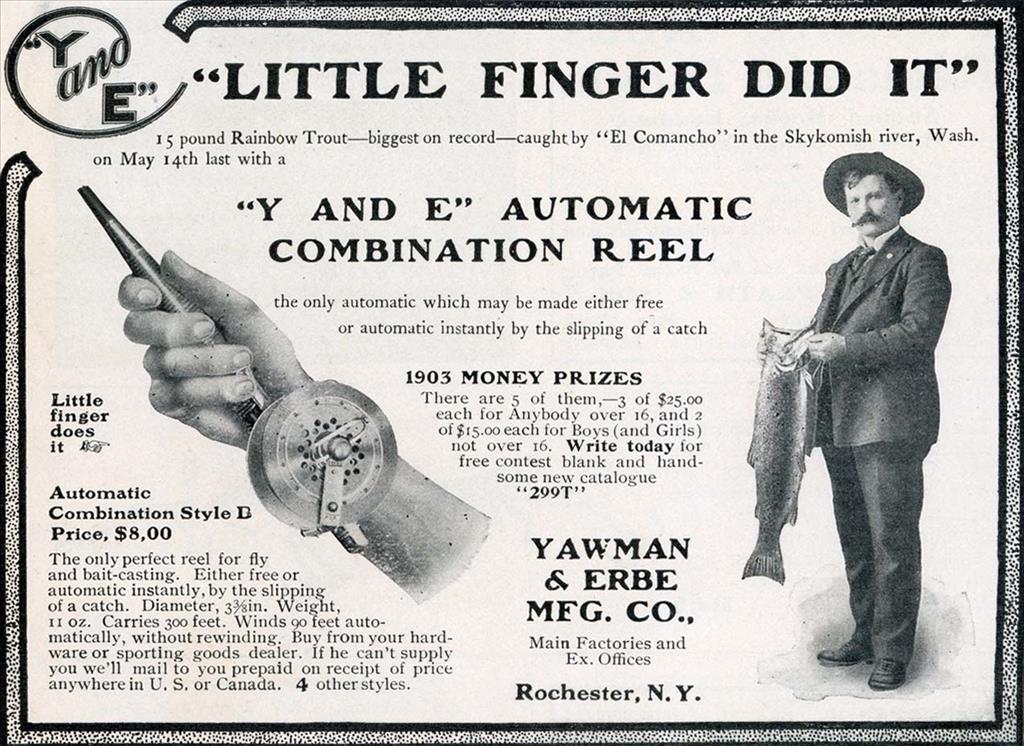
Too sophisticated, this reel combining fly and spinning was a total flop.
At the beginning, it was the fishing with the throw known as
“American style”.
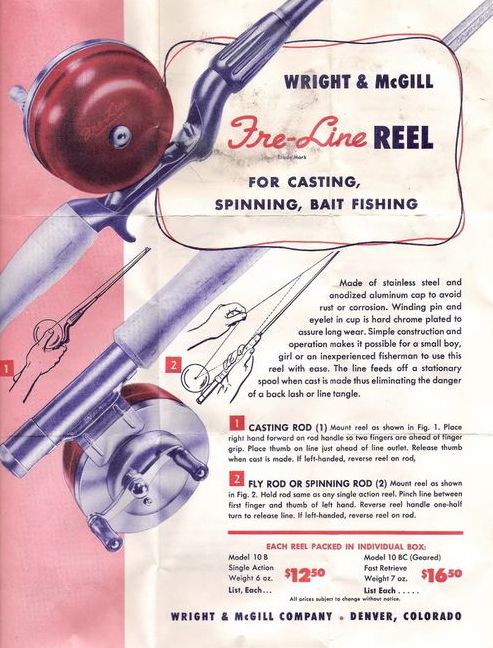
Another reel that could fit on a fly rod or a casting rod.
Before the invention of the “spinning reel” – in fact an empty can of peas, the bottom of which was fixed on a stick – by Viscount Henry de France in 1903, only copper or brass reels existed, of the winch type, which did not allow casting at all. Let’s admit that from the end of the 19th century, the most fortunate of the English or French sport fishermen could find at rare importers, reels with quadruple recovery imported from America, called precisely “for American style casting”. But these reels were expensive and when, during the casting, they did not work under the control of expert hands, it was the assured bird nest and the end of the fishing party.
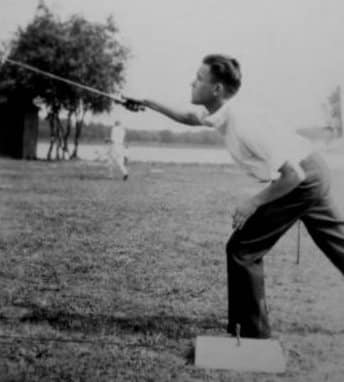
Competition "distance" thrower.
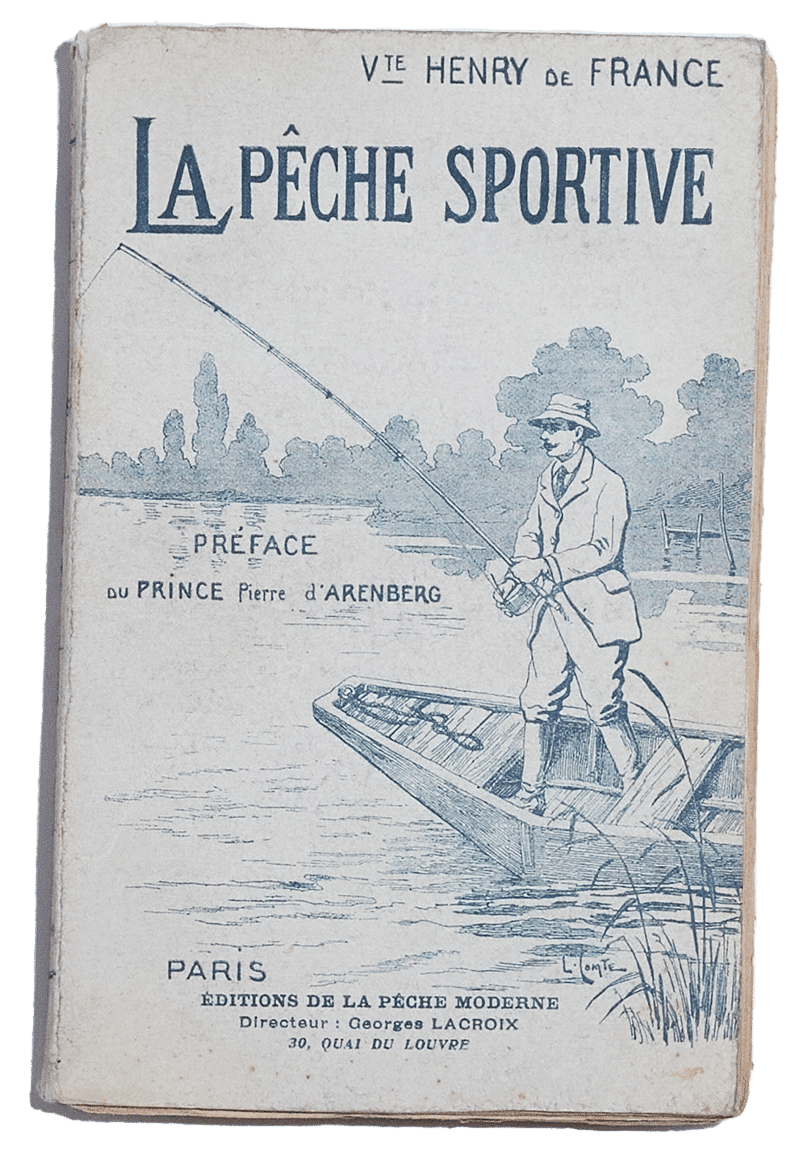
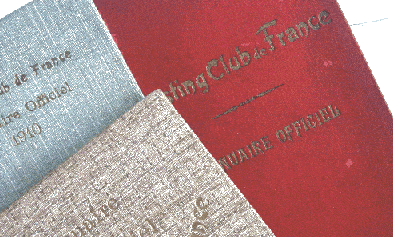
Anciens annuaires du Casting Club de France.
While Viscount Henry de France used his “can of peas” to fish in his ponds in the Somme, he also set distance records in the casting competitions of the “Casting Club de France” where in 1910, he won first prize for “distance” casts at 15 and 7.5 g weights reaching distances of 48m55 and 43m50 respectively.
Then came the fixed-drum reel.

Viscount Henry of France.
But his reel, he admits it himself, was too rustic to be marketed and it will be necessary to wait the middle of the thirties, to find on the market, the first models of manufactured reels known as “fixed spool reel”.
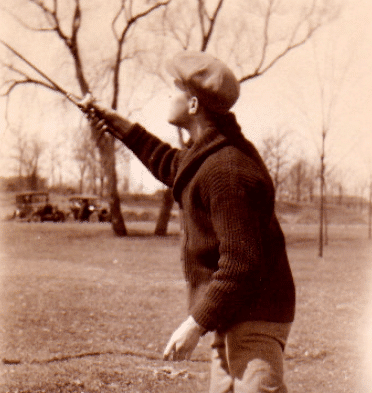
With a casting reel, the caster controls the spool with his thumb.
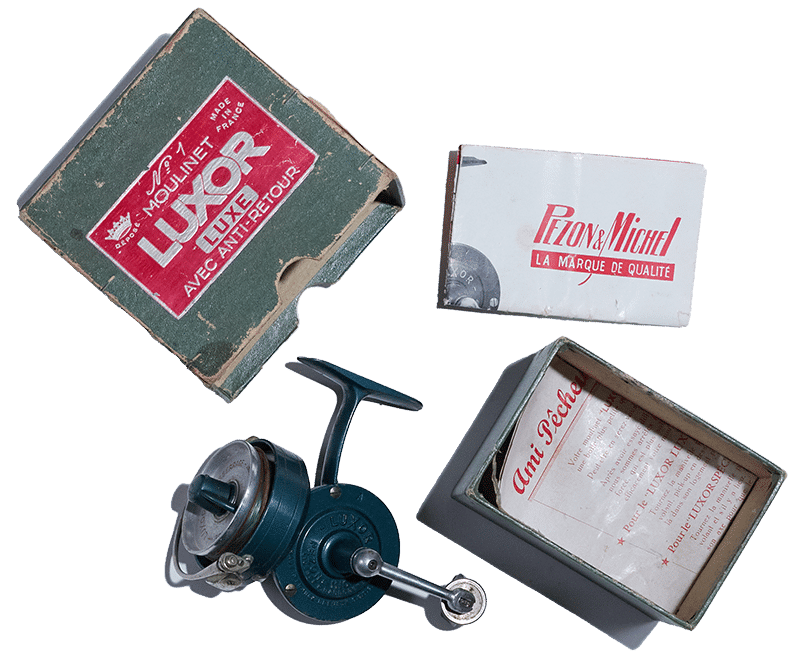
The Luxor Luxe by Pezon & Michel, was one of the best drum-fixes ever made.
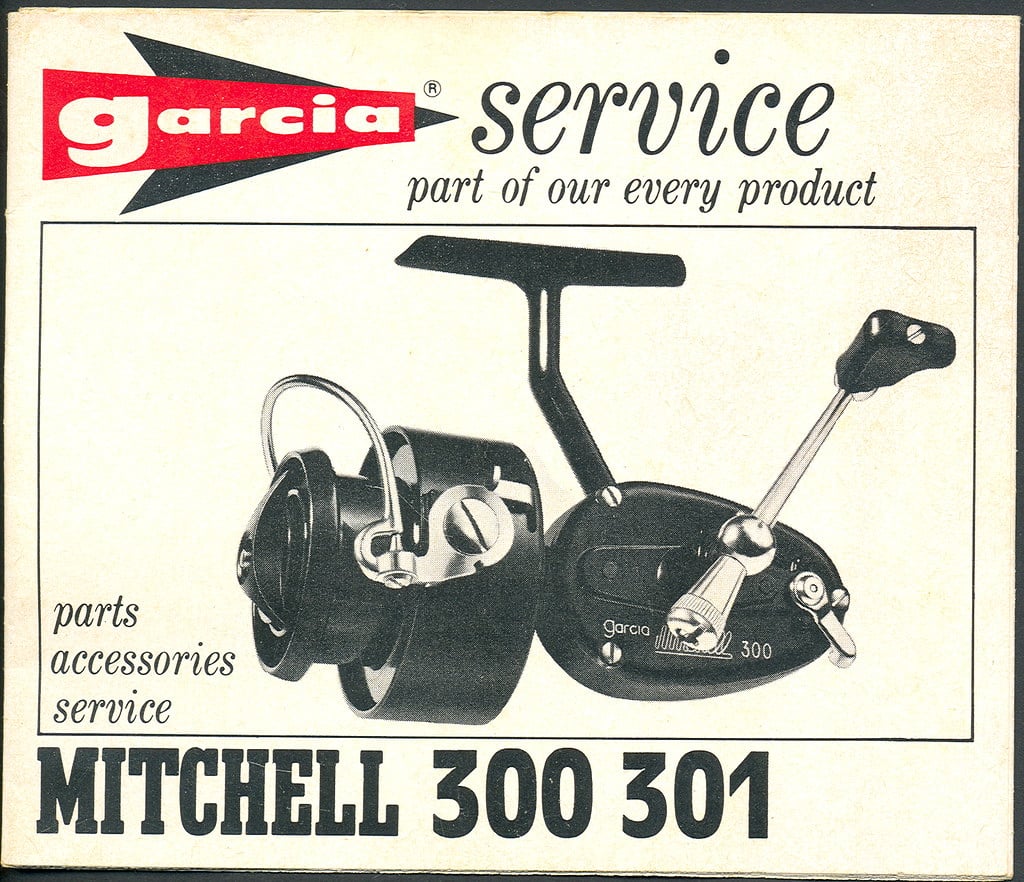
Manufactured in millions, the famous Mitchell 300 was available in a 301 for left-handers.
And there, for once, it was not models imported from England or the United States, but reels of French manufacture. In the first rank of these manufacturers, we find since 1936 the firm Pezon and Michel which, during half a century marketed the famous Luxor, but it is especially the house Mitchell of Cluses in Haute-Savoie which, from 1945 to 1975, was the first world manufacturer of reels and which as of 1971, celebrated the exit of its chains of assembly, of its 20 000 000th reel.
In the mid-1960s, no less than 5 million French fishermen.
From the end of the Second World War, the baby boom that our country experienced, was obviously also going to contribute to reinforce its battalions of fishermen and it is significant that the year 1964 with a little more than three million fishing licenses sold, marks the peak of sales of angling cards. At that time, in the middle of the sixties, in a France of fifty million inhabitants, there were if we take into account those exempted from the fishing tax (civil or war invalids, children under 16 years old and wives) surely not far from five million fishermen in our country.

Old fishing card.

In the United States, millions of anglers are looking for predators.
During this period (let’s say from 1945 to 1970), the sporty, playful and dynamic aspect of fishing with a reel attracted much more the young generations than the static fishing with a float of our parents and grandparents. And the main responsible of all these upheavals that our hobby has known is well the reel with fixed-drum. Between 1930 and 1970, this type of reel, which proved its simplicity and universality of use, really revolutionized fishing in general and casting in particular. Unfortunately, the corollary was a very rapid impoverishment of our trout and predator waters. The English, in their great wisdom, have very quickly prohibited the use of spinning with metal lures or “Rapalas” in their trout and salmon waters.
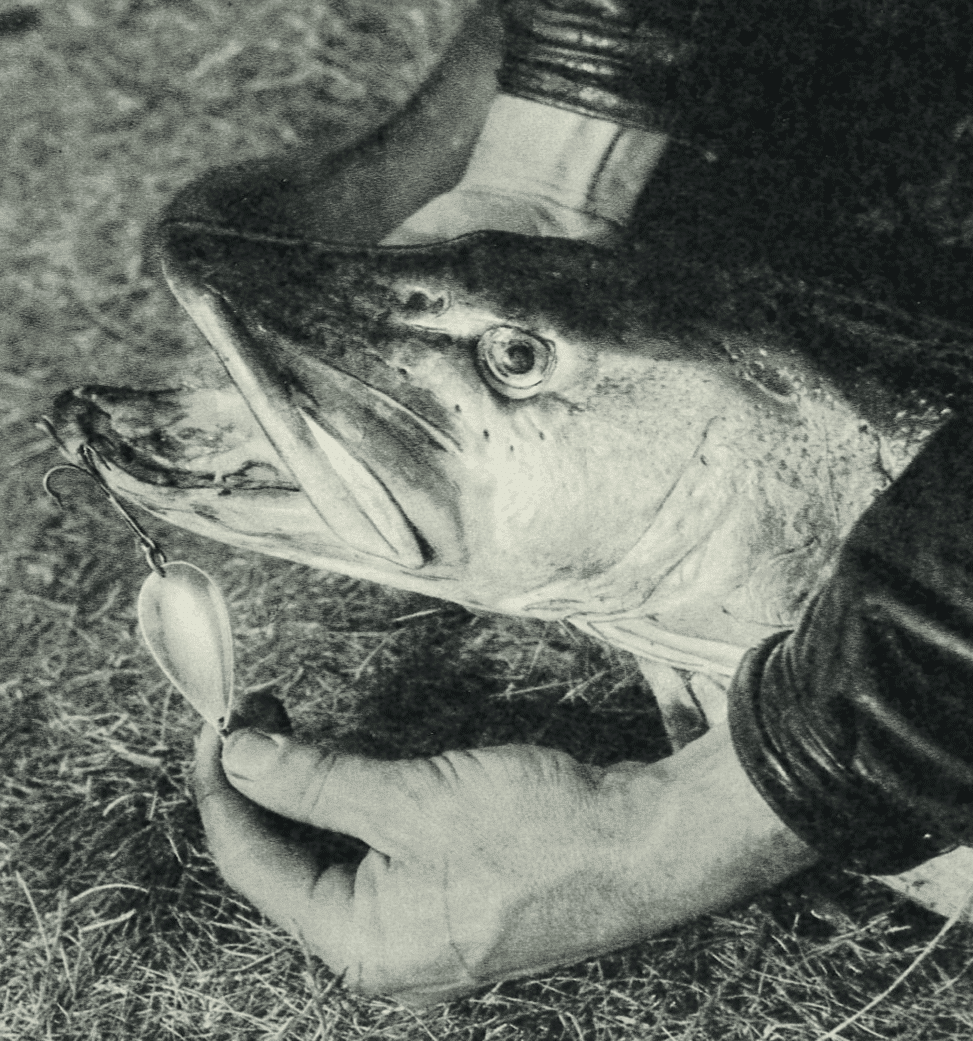
A nice pike caught with a wobbling spoon.
The casting rods of the French factory Pezon et Michel become the best in the world.
But to fish by casting, whether for trout, perch or pike, it is necessary that the “drum-fixe” is mounted on the butt of a rod called precisely to cast.

Telebolic casting rod in split bamboo and Luxor luxe reel, by Pezon & Michel.
At the end of the thirties, Pezon & Michel d’Amboise began to compete seriously with the famous English firm Hardy Brothers in the manufacture or rather the construction of fly rods as well as split bamboo spinning rods. From the end of the war, with the exclusive collaboration of Charles Ritz, Pezon & Michel was to produce the best spinning rods in the world until the beginning of the sixties (Luxor series and above all the “telebolic”).
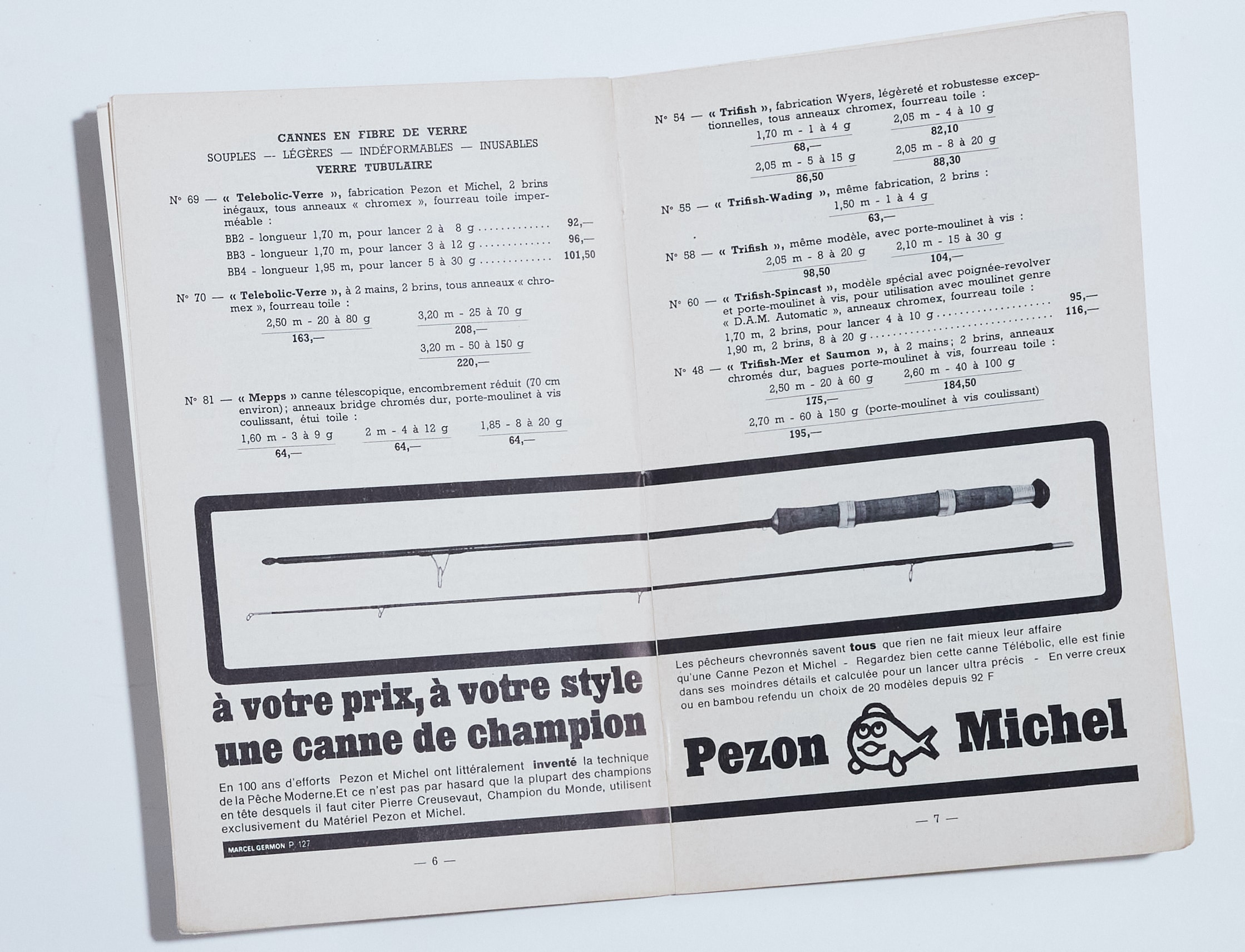
From the sixties, the hollow fiberglass replaces the split bamboo for the manufacture of canes to throw.
The only disadvantage of these rods was their price, which in the fifties represented the equivalent of one month’s salary for a skilled worker. And many fishermen could only dream of having one. Moreover, especially in the light or ultra-light models, especially for trout, these wonderful rods were very fragile. Many fishermen were therefore tinkering with “ersatz” casting rods made of white or black bamboo, with wire rings and cork washers for the handle, but which lacked the nervousness needed for precision casting.
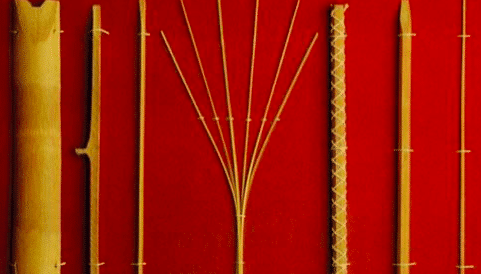
Pezon & Michel" panel of split bamboo manufacturing.
An engineer of the PTT invented the fiberglass.
Fortunately, at the beginning of the sixties, the first hollow fiberglass rods appeared, again a French invention. Henri Dubois, an engineer of the French Post Office and a passionate fisherman, had the idea to use the fiberglass sheaths used to insulate the telephone communication wires, to modify their profile and make casting rods (and later also fly rods), very light, resistant, responsive and above all, very quickly affordable for all fishermen.
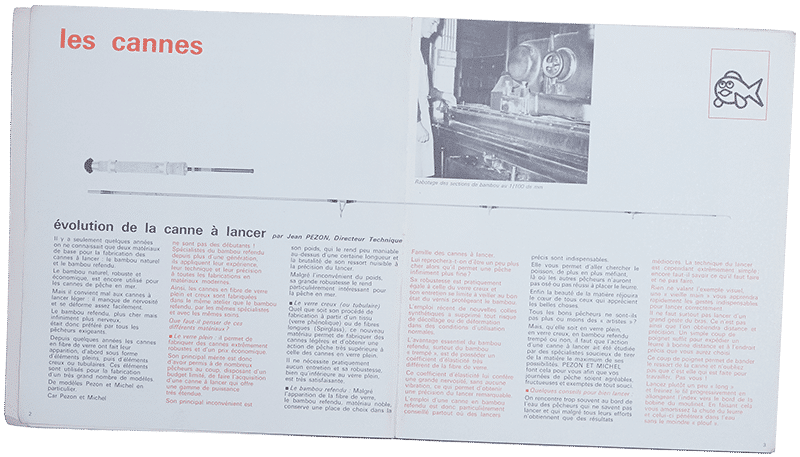
The hollow fiberglass casting rods, of French brand Lerc, then copied by the Americans under the name of Conolon, invaded the market and all the French and foreign fishing tackle manufacturers started to manufacture them. Once again, it was Pezon & Michel who, with its series of “telebolic-glass” BB1, BB2, BB3 and BB4, dominated all these competitors by far. Until the invention of the carbon fiber rods in 1976 by the Americans, so for about fifteen years, the “Telebolic” series, sold all over the world, allowed a fun, sportive and democratic fishing for all.
With the drum-fix, the nylon thread and the lures were a real revolution.
Perfectly adapted to the fixed-drum, it is the Nylon, invented by the Americans (Dupont de Nemours) during the second world war (for the manufacture of parachute fabric in particular), then very quickly after the end of the hostilities, used as fishing line, which was also going to really revolutionize the practice of our leisure. Smooth, flexible, rot-proof, abrasion resistant and above all transparent, invisible under water, nylon lines, as soon as they appeared on the market, relegated to the shelf of antiques, the braided and dressed silks and especially the “guts”, all materials that aged badly, once put in contact with water and that rotted quickly. Fixed-drum and nylon thread were a real winning duo, which three generations of sport fishermen will enjoy until the end of the 80’s and the appearance of polyethylene braids, thinner and more resistant.
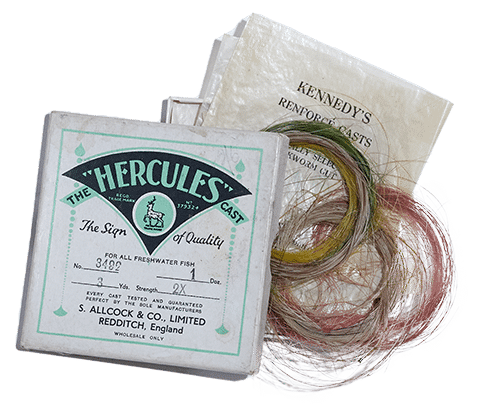
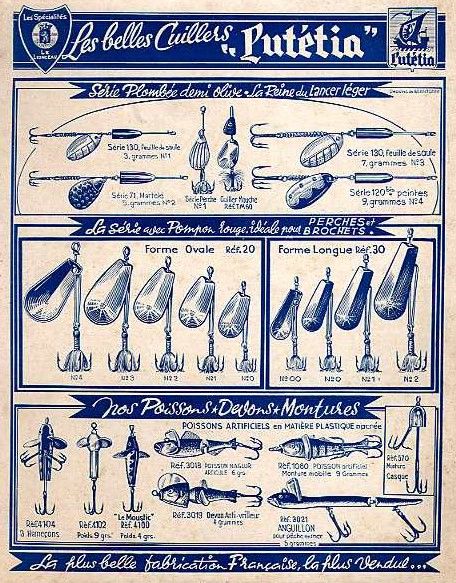
The first spoons were head-filled.
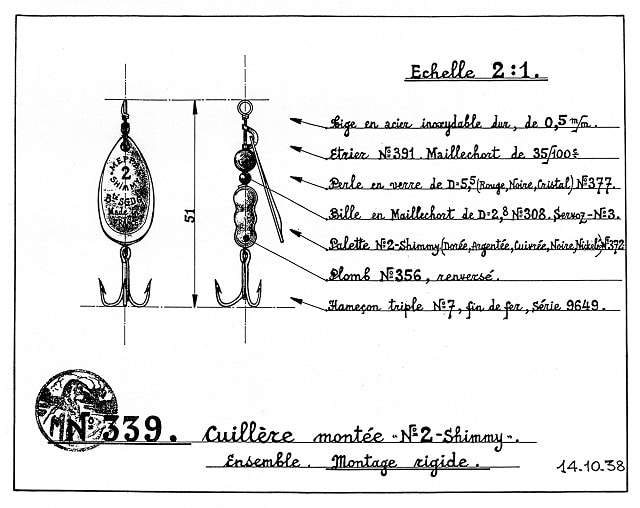
Patent of one of the first leaded spoons under the blade, the famous Mepps.
At the end of these nylon, braid or fluorocarbon threads, we will attach lures, whether they are metal, wood, plastic or soft synthetic rubber. With the fixed-drum, it is still a French invention, the spinning spoon leaded under the blade, which was going to allow millions of anglers to catch trout, perch, pike, salmon and others all over the world….
The first one: the famous Mepps, whose blade has been around the world and whose imitations are countless, was invented in 1938 by Mr. Meulnart, a mechanical engineer and fisherman. Before the Mepps (which stands for Manufacture d’Engins de Précision pour la Pêche Sportive), there were spoons with lead heads or with remote seals, but they were much less effective, especially for the precision of the casts.
If Mepps, as fridge, has become a generic name, so has Rapala, a wooden lure (pine bark at the time, now made of balsa wood) invented in 1936 by a poor Finnish fisherman: Lauri Rapala, who was struggling to feed his family. The brand was taken over by his three sons and now his grandchildren, and like Mepps, has become a legend. With more than 900 million sold worldwide, the name of the creator has become synonymous with swimming lure.





